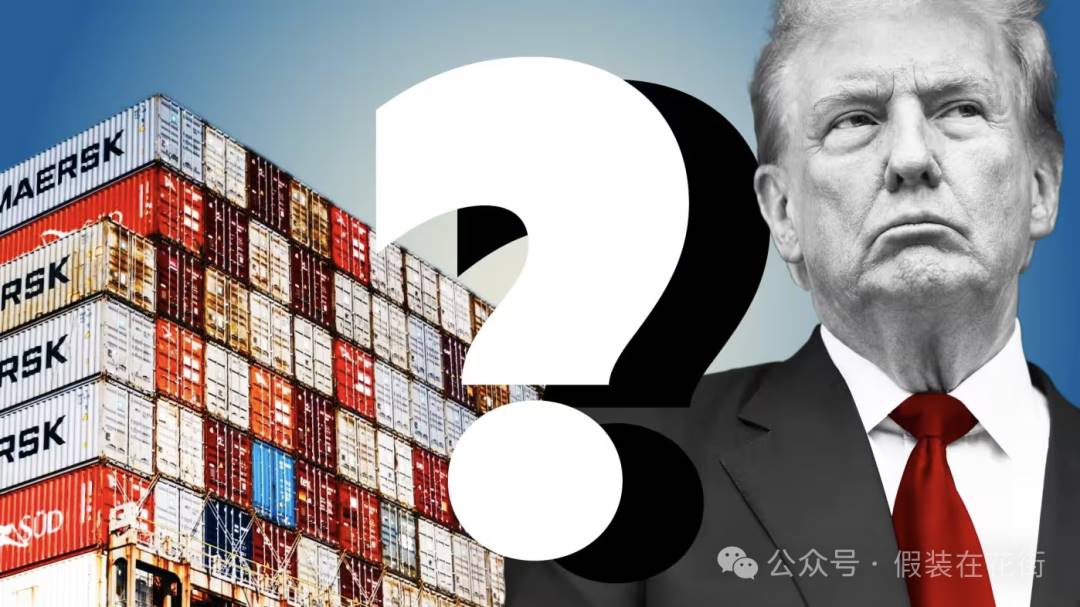The US February CPI data will be released this Wednesday, and the market consensus expects: inflation may decline slightly.
But even if the data meets expectations (overall CPI MoM +0.3%, core +0.3%), the annualized inflation rate is still as high as 3.9%, nearly double the Fed's target, and it is far from an optimistic moment.
We need to see a MoM decline to 0.2 or lower for the market to feel comfortable going long, but we need to be wary of data noise (such as energy price fluctuations); if the actual data is unfortunately higher than expected, the market may see another plunge.

Secondly, we need to pay attention to the lagging impact of tariffs:
In early February, the US imposed a 10% tariff on imported Chinese goods, involving furniture (32% of imports), apparel (26%), and electronics (21%).
This caused the core commodity inflation (excluding used cars) to rebound to 0.2% in February (from -0.1% in January), with the most obvious impact on education-related commodities, with prices rising 2.8% MoM (only 0.1% in January); some companies may have stocked up in advance, leading to short-term price fluctuations, but this is not sustainable.
The future risk is that import data is usually lagged by 1-2 months, and even if this data does not reflect the relevant impact, the CPI in 3-4 months is also likely to face a second impact.
Because the average shipping time from China to the US is 25-35 days, goods shipped after February 1 will not arrive at the port until early March; then it takes 1-2 weeks to complete customs clearance, and the new tariff costs will be included in the wholesale costs in mid-to-late March; US retailers are currently selling inventory from Q4 2023 (without tariff costs), and the taxed goods will not enter end-user sales until April.
So 3-4 months CPI is the real test
1. Household goods: wholesale costs rise in March, retail may adjust prices in 4-5 months (expected MoM +0.3%-0.5%);
2. Apparel: spring apparel costs up 5%-8%, apparel CPI may turn positive MoM in April;
3. Consumer electronics: phones, computer accessories up 3%-5% from March (e.g. Anker chargers announced a 4% price hike).

Historical reference: Lessons from the 2018 trade war
In July 2018, the US imposed a 25% tariff on $34 billion of Chinese goods, and the impact of tariffs on CPI typically reaches its maximum value 2 quarters after the policy takes effect.
CPI increase lagged by 3 months: apparel CPI jumped 0.5% MoM in October 2018 (previous 0.1%);
Peak lagged by 6 months: household goods CPI rose to 3.2% YoY in January 2019 (1.5% before tariffs).
So if the market only focuses on the February data and thinks "the worst is over", this may sow the seeds of misjudgment. The main reason for this is that we have seen the speed of the recent decline in bond yields is too fast, and the risk-averse behavior of the stock market has diluted the inflation expectations, and the expectation of rate cuts is still around 2 times, so the market has already priced in the general situation of this inflation data. Assuming the data this time meets expectations and the interest rate market's rate cut expectations remain unchanged, it can be considered that the market has underestimated the risk of the rebound in inflation.
At that time, if the core commodity inflation rebounds to above 0.4% in March (high probability), it may trigger the Fed to re-evaluate the conclusion that "inflation is under control", and the expectation of rate cuts in 2025 may disappear completely.
In addition, the previously announced January non-farm payroll wage growth of +4.3% YoY and the high labor costs in the service industry may force price hikes, which may trigger a wage-inflation spiral risk, which is also something to watch out for besides tariffs.
High-frequency data to track:
1. US import price index (released on March 15): directly reflects tariff costs;
2. Retail earnings calls (e.g. Walmart, Best Buy in April): pay attention to management's comments on price hikes.






